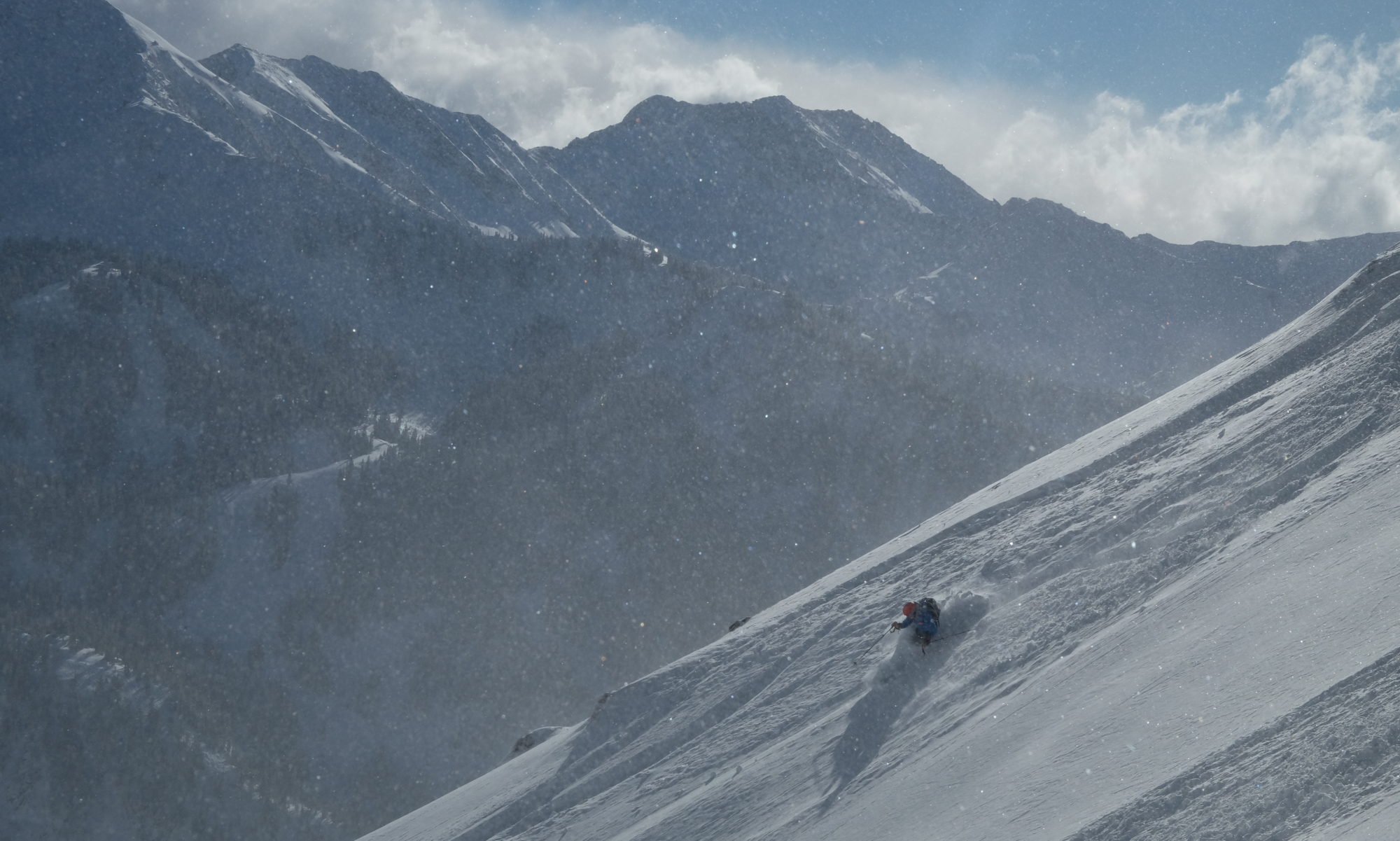There’s something different about Zion National Park, something obvious and fundamental, something so simple that when you first encounter it you might not even notice. Like a magician’s trick your eye is drawn to the canyon’s towering walls and breathtaking beauty, while right under your nose hides a difference that shapes your experience of this sacred space more than the natural beauty ever could. Crowded into a shuttle with 50 other tourists, you might not be able to pick out exactly what it is that makes this place so special, but when a small group of cyclists cruises past as you step out to take in the awesomeness of the Big Bend, there’s a twinge of recognition. The difference? There are no cars.
In 1997 park visitation was 2.4 million and on the rise. The canyon was congested with a steady stream of cars, trucks, buses and RV’s. All of these automobiles created traffic, and an atmosphere of noise and air pollution the park considered not in line with the type of experience they wanted visitors to receive. The solution? No more automobiles past the Canyon Junction and a shuttle system to take visitors to the various trailheads and lookouts. The result? A sanctuary of space, where the sound of wind and water replace engines and brakes, and every bank of the river feels like an isolated wilderness.

At the end of our two-week stay in Zion, we were exposed to just how drastic this difference is when the shuttle season came to a close and automobiles once again flood the canyon. It’s hard to say whether or not we were fortunate to see this transformation, but having arrived on our bikes and experienced the park car-free for almost two weeks, the difference was poignant, astounding, and really hit home. Overnight the character of the canyon changed with automobiles lining the road and drivers speeding up the canyon in a frantic attempt to make it to the Narrows.

How we move and travel has the most profound influence on our experience of this world, never before was this so obvious as when visitors drove into Zion for the first time this fall. Looking down from the Temple of Sinewava, a steady stream of cars entered the end of the canyon, circling slowly with cameras stuck out the window before quickly speeding back towards town. By mid-afternoon we’d been on the wall for hours and our view hardly changed. As I studied the contours and cracks of the canyon’s walls I thought about how long it takes to truly see something, and how much longer still to nurture that spark of awareness into a flame of knowledge and understanding. I wondered how much the automobile gets in the way of that, dulling your senses, numbing the experience we travel to get, I wondered what all these visitors really saw, what they learned and what they took away.

After two weeks of cycling and climbing in Zion Canyon, we had started to feel the warmth of this understanding. Each hill was a memory in our legs, and we knew springs could be found where we had stumbled down from a climb in the dark, quietly filling our bottles and listening to the wind whip through the trees. Along the road, each boulder reflected the river with a different note, while higher up we could tell which walls would see sun and when. Coming back from our climbs it was always dark, and we often had no light. As eyes adjusted to the night we traced the familiar path of the road back to camp, where Bridge Mountain and The Watchman cut a silhouette across the starry sky.

The day the cars returned I was flooded with emotions. It happened unexpectedly, without warning. As we started up canyon from the junction it was obvious, and for a moment, unbelievable. On the one hand I was angry and upset for their intrusion, frustrated with the understanding that I’d taken their absence for granted, but on the other hand was the very tangible desire to help these people, to pull them out of their vehicles so they could see and experience this place in the powerful and profound way I had. But more than anything, I felt lucky, lucky I’d experienced the park for so long without traffic, lucky I shared so many climbs with my friends and hung on the wall listening to the sound of the wind instead of the roar of engines.

The day after the park opened to cars we climbed our last wall and the next day we left. Back on Highway 89 outside the park we once again shared the road with semi’s, speeders, and hunters on their way to “camp” with 5th wheel trailers and 3 ATV’s. Again I felt lucky, but this time not just for the two weeks we got to see Zion car-free, or for the climbs I shared with Liz and Amos, but for the life I’ve chosen and the understanding that it’s possible to create a sanctuary wherever you go. As we continue to speed into the future I wonder how much we really see, how much we really experience, and what, if anything, we learn.

Already, the reality of those weeks is like a faded dream. In a way, we are each like passengers in our own minds, but looking back now, I know I could not have experienced more, I could not have been more present, and for that, I continue to be grateful. Get out of the car, and live your life.

